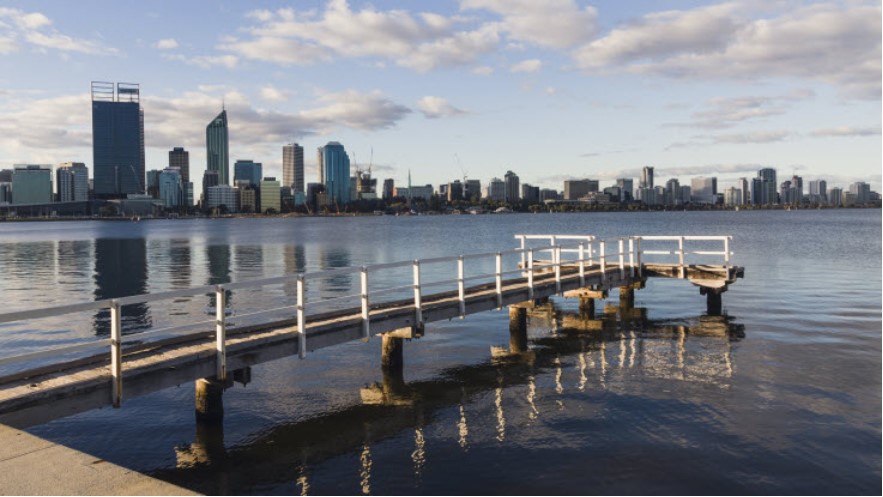Regional Rejoicing
According to a Regional Australia Institute (RAI) report that came out in June this year, more than 65,000 more people chose to move to regional Australia from capital cities than the other way round between 2011 and 2016.
In particular, it found that more regionally-based millennials — people aged between 20 and 35 years old — stayed in the country and moved to other regional areas in Australia, rather than shift to capital cities in that period. Sydney actually lost more millennials to the regions than it gained during that period. What will 2020 throw up, for Australia and New Zealand?
Many people discovered they could work from home. Corporate workers, engineers, architects, even public servants found they didn’t need to be in an office. Employers saw it and believed.
Why should where you live define or limit your career? A post code should not determine salary or potential.
The worst thing that millennials or any age relocators can do is to go into the regional move blind.
– Rent in the area for a week or two.
– Buy something with resale ability in case it doesn’t work out.
– Avoid buying too old, unusual or on a main road.
– Buy what and where the locals like.
– Buy something so visitors can stay for the weekend, be that in the house or their RV.
If there is something corporation and government bosses should take from COVID-19, it is to stay flexible about where employees are based. Talent is found all over the country, not just in the big cities. Organisations and business places can tap into this by accepting people working remotely.
There is more investment going into regional communications than ever before. For instance, at the end of June, the NBN was available in more than 97 per cent of Australia.
In the large provincial cities, you can buy a large home with a big yard – no bumper to bumper traffic on your way to work and a better work-life balance – for the same price you might get a one bedroom unit in a capital city.
It seems that millennials, are at the forefront of becoming more conscious of the benefits that regional communities might provide.
Take for example, a Sydneysider who travelled for up to two hours by bus and ferry to get to work. He couldn’t afford to buy his own place so lived with his parents. He relocated to regional New South Wales for work, bought a home and travels eight minutes each way. He has no intention of moving.
A family with young children decided on a lifestyle change and swapped fly-in fly-out and a long plane ride for one parent to both being able to work less than 20 minutes from home.
A young woman who swapped frantic city life for a regional city was surprised to find a large proportion of like-minded people of her age. Her social life improved as did her work-life balance. She sold its virtues so well that her parents and siblings have all since made the move to the regional centre.
The report suggested that millennials gravitate to mid-sized towns with facilities like a hospital, airport and university, jobs, and lifestyle choices. Another find was that if those young, enthusiastic millennials eventually become family units with children, they tend to embrace the community, put down roots and stay for a long time.
Newcastle, the Gold Coast, and Sunshine Coast were the top three regional destinations for millennial movers, with Greater Geelong, Cairns, Toowoomba, Ballarat, Maitland, Greater Bendigo and Lake Macquarie also popular. Palmerston North, Manawatu-Whanganui and Wairarapa are popular regional centres in New Zealand.
The whole experience of COVID-19, on top of the affordability, ease and lifestyle factors, may see a very definable swing to the regions.
SOURCE: RE/MAX Australia




